No products in the cart.
Freshwater Albino Pearl Stingray
The Freshwater Albino Pearl Stingray is one of the most visually stunning and sought-after stingray varieties in the aquarium world. Its creamy white to pale golden body is accented by a striking pattern of pearl-like spots, giving it an elegant and almost ethereal appearance. Unlike darker stingray species, the albino coloration makes this ray stand out beautifully in large, well-lit aquariums.
This rare and highly prized species is a selectively bred morph of the popular pearl stingray, known for its smooth disc shape, calm temperament, and graceful swimming style. The Albino Pearl Stingray is native to freshwater environments and, like all stingrays, is a bottom dweller that spends much of its time gliding across sandy substrates in search of food.
In an aquarium, this species requires a large tank of at least 300 gallons, preferably more for mature individuals. The tank should feature a soft sand substrate to protect the delicate underside of the ray, along with smooth rocks, driftwood, and open swimming space. Water conditions are critical, with an optimal temperature between 26–29°C (79–84°F), soft to moderately hard water, and strong, efficient filtration to maintain pristine water quality.
Feeding is straightforward for healthy rays. The Freshwater Albino Pearl Stingray accepts live or frozen foods such as shrimp, bloodworms, chopped fish, and earthworms. While they are peaceful, they should only be kept with tankmates large enough not to be mistaken for food and gentle enough to avoid damaging the ray’s disc or tail.
Because of its size, rarity, and specialized care requirements, the Albino Pearl Stingray is best suited to experienced aquarists who can provide the right conditions for long-term health. Its beauty and rarity make it a true centerpiece for any large freshwater aquarium.
Learn more about stingray care from reputable sources like Smithsonian’s National Zoo
Frequently Asked Questions (FAQs)
1. How large do Freshwater Albino Pearl Stingrays get?
They typically grow to a disc width of 14–18 inches, with a proportionate tail.
2. Are they aggressive?
No, they are peaceful but require compatible tankmates.
3. What do they eat in captivity?
They thrive on a diet of meaty foods such as shrimp, worms, and small fish.
4. Are they difficult to keep?
They require advanced care, a large aquarium, and stable water conditions.
5. Are Albino Pearl Stingrays wild-caught or captive-bred?
Most are selectively bred in captivity for their unique coloration.




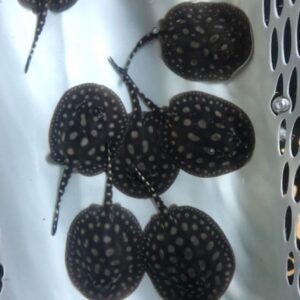
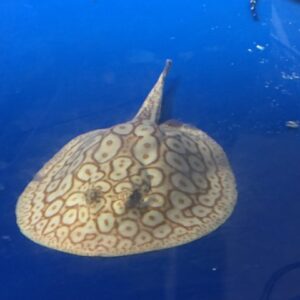
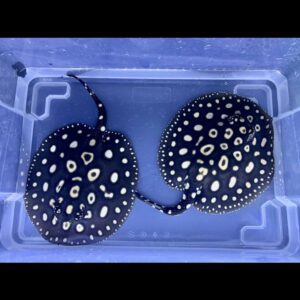
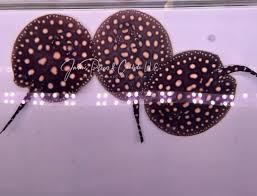
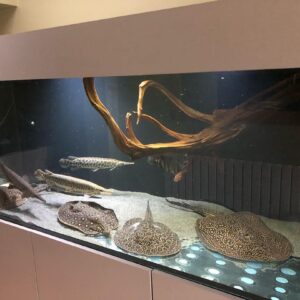
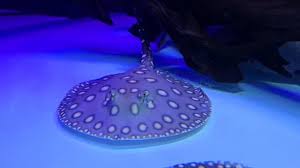

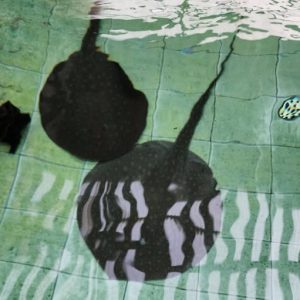
Reviews
There are no reviews yet.